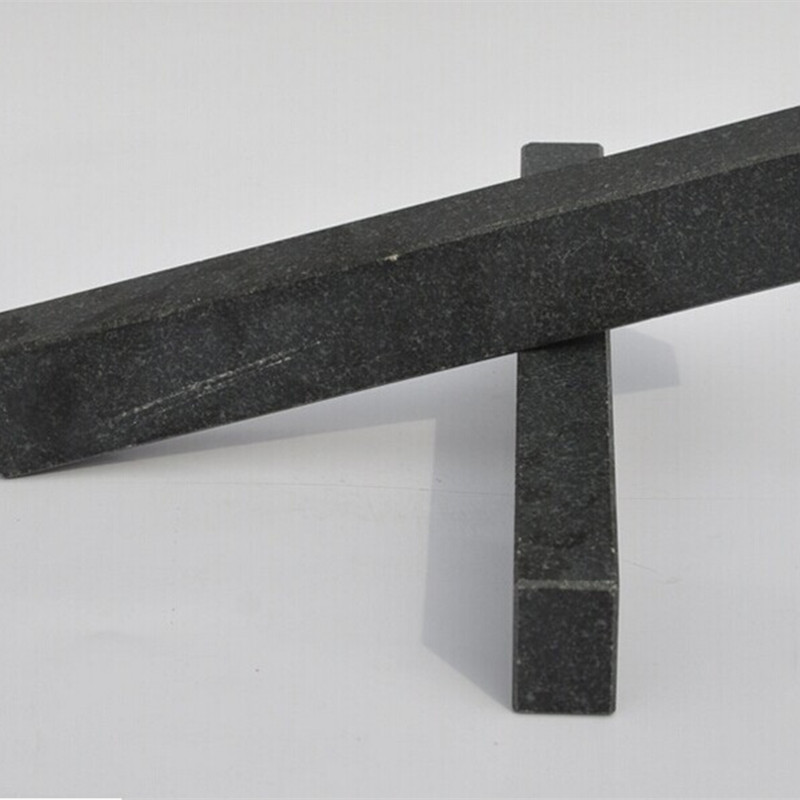Dec . 03, 2024 19:36 Back to list
flow control valve types
Understanding Flow Control Valve Types A Comprehensive Overview
Flow control valves are essential components in various industries, specifically in hydraulic and pneumatic systems. Their primary function is to regulate the flow of fluids, thus controlling the pressure and ensuring the efficient operation of machinery and processes. Different types of flow control valves are designed to meet specific needs and applications. This article will delve into the various types of flow control valves, their functions, and where they’re commonly used.
1. Globe Valves
Globe valves are one of the most common types of flow control valves. They feature a spherical body shape and are designed to regulate flow. The flow path through a globe valve is linear, which allows for fine control of the fluid flow. Globe valves are often used in applications involving high pressure and temperature. Their ability to provide throttling service makes them ideal for scenarios where precise flow control is necessary, such as in chemical processing and power plants.
2. Gate Valves
Gate valves are primarily used for allowing or blocking the flow of liquid. They are either fully open or fully closed, making them unsuitable for throttling applications. The design allows for minimal resistance to flow when in the fully open position, thus minimizing pressure loss. However, they are not ideal for situations where flow needs to be adjusted frequently. Gate valves are commonly found in water supply systems, oil and gas pipelines, and industrial applications where isolation is needed.
3. Ball Valves
Ball valves offer a robust and reliable operation that is perfect for on/off control. They consist of a hollow, perforated sphere (the ball) that rotates within the valve body to either allow or obstruct fluid flow. One of the significant advantages of ball valves is their quick operation; they can be fully opened or closed with only a quarter turn. This feature makes them widely used in applications requiring rapid shutoff, such as in water systems and gas pipelines.
flow control valve types

Butterfly valves consist of a disc that rotates within the pipeline to regulate flow. They are lightweight, cost-effective, and require less space compared to other valve types like globe or gate valves. Butterfly valves provide efficient flow control and tight sealing, which makes them suitable for large volume flows, such as in HVAC systems, water distribution, and chemical processing. Their quick operation allows for fast flow regulation.
5. Check Valves
Check valves, also known as non-return valves, are designed to prevent backflow in a system. They allow fluid to flow in only one direction, which is crucial in preventing damage to equipment and ensuring safe operation. Check valves can be categorized into different types, including ball check valves and swing check valves, each suited for specific applications. They are extensively used in water and wastewater treatment plants, HVAC systems, and oil and gas operations.
6. Pressure Relief Valves
Pressure relief valves are designed to control pressure levels in systems by releasing excess pressure when it exceeds a predetermined limit. These valves are essential for protecting equipment from damage due to overpressure. They are commonly used in steam systems, refrigeration units, and various industrial processes where pressure regulation is critical.
Conclusion
The choice of flow control valve is crucial for ensuring the efficiency and safety of systems across various industries. Whether it’s a globe valve for precise flow regulation, a ball valve for fast shutoff, or a check valve to prevent backflow, understanding the types of flow control valves and their applications is essential for engineers and technicians. Each valve type serves a unique purpose and must be chosen based on the specific requirements of the application at hand. As industries continue to evolve, the demand for reliable and efficient flow control solutions will only grow, making the knowledge of flow control valve types even more critical.
-
Thread Plug Gauge Our Promise of Measurement ExcellenceNewsAug.22,2025
-
Gauge Pin Class Reflecting Quality LegacyNewsAug.22,2025
-
Check Valve Types for High Rise BuildingsNewsAug.22,2025
-
Water Control Valve for Irrigation SystemsNewsAug.22,2025
-
Gate Valve with Soft Seal TechnologyNewsAug.22,2025
-
Y Type Strainer for Oil and Gas ApplicationsNewsAug.22,2025
Related PRODUCTS









